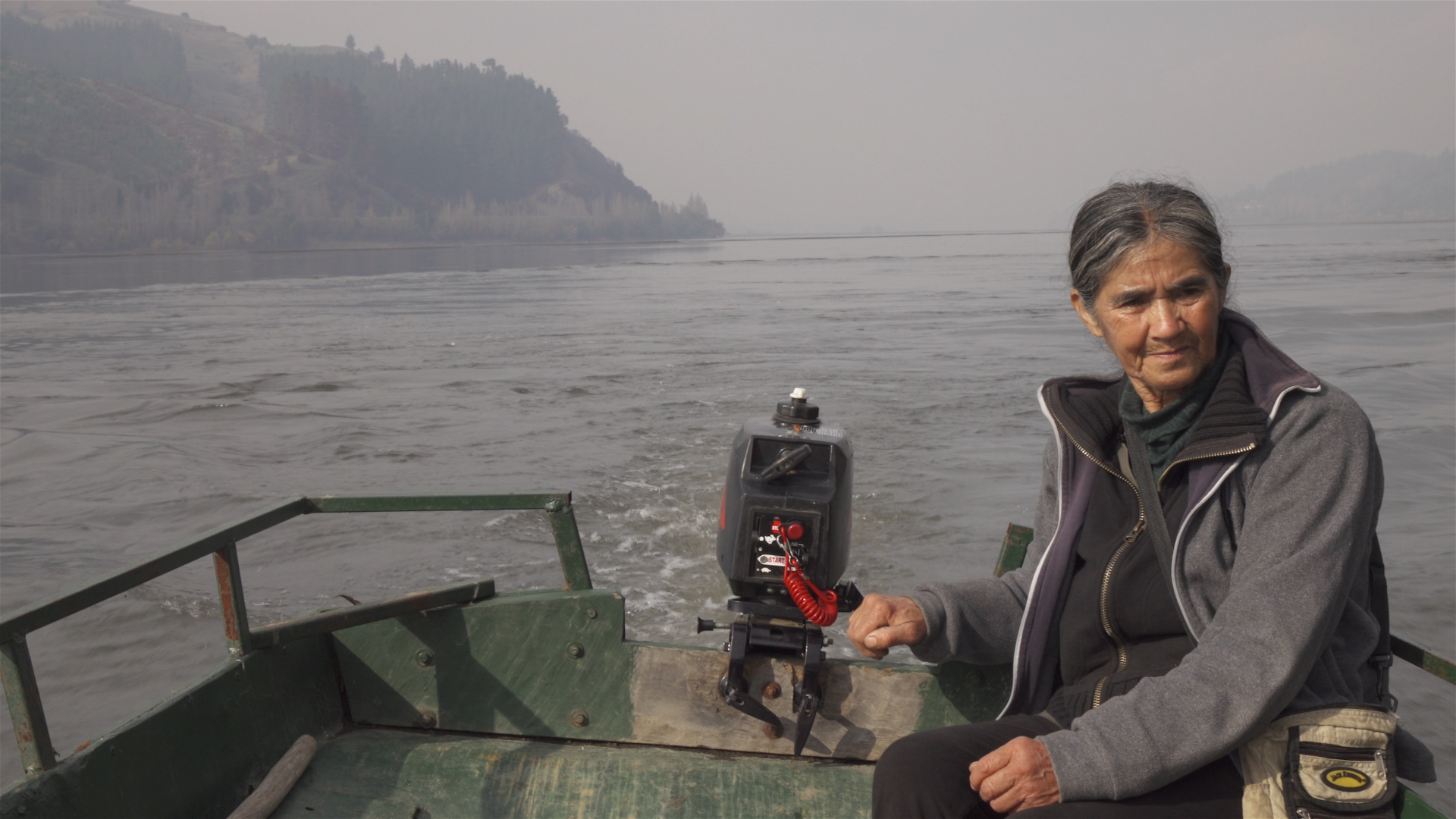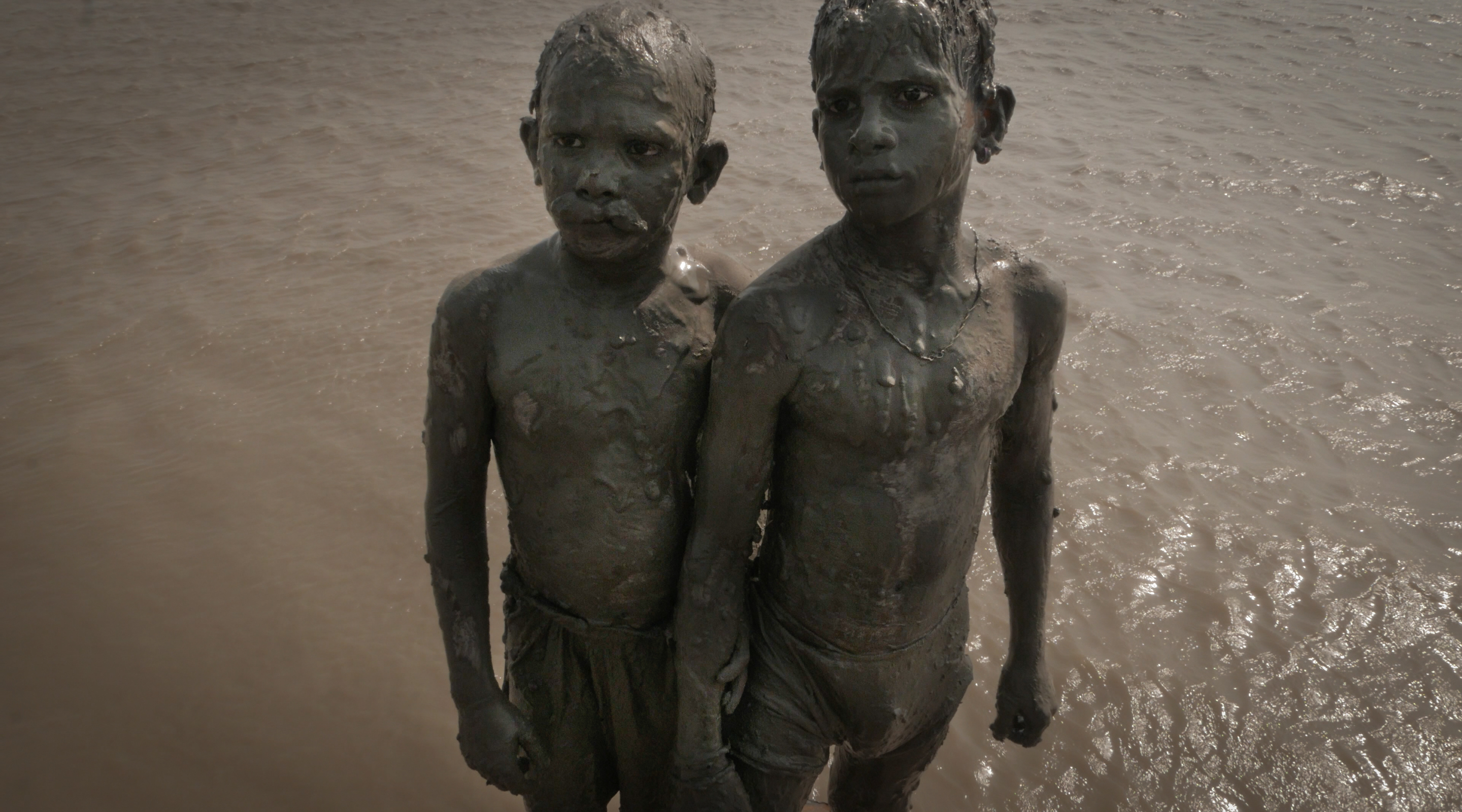‘Flow’ Creators Discuss Their Sanfic Chilean Competition Winner
By Jamie Lang
LOS ANGELES (Variety.com) – SANTIAGO, Chile — Director Nicolas Molina’s latest documentary “Flow” came into the Santiago International Film Festival () with plenty of buzz off its official selection and world premiere at this year’s Sheffield Doc Fest, and left with the event’s best picture award for a Chilean film.
“Flow” parallels the geographical and cultural significance of India and Chile’s most important rivers, the Ganges and the Biobío. The film follows each river, starting at their sources, and works its way down through the mountains and the small villages they’ve spawned, eventually passing through major metropolitan areas and emptying into the sea.
It’s a film as much about contrasting a number of vastly different cultures, as it is about demonstrating universal human behaviors and attitudes on opposite sides of the world.
Alongside Molina the entire time has been his producer and wife Marcela Santibañez, who handled sound as well. The film came to be as something of an accident, when the two were on vacation in India and became enamored with the people and customs they witnessed there.
The couple are now preparing to screen the film at next month’s Docs Barcelona Valparaíso festival, and are currently looking for other festival participation. The win at Sanfic is sure to help secure further attention.
Chilean distribution is being handled by Bruno Bettati at Jirafa Distribución, with the film’s domestic premiere scheduled for March 26 of next year.
At Sanfic Molina and Santibañez talked with Variety about the film and its unexpected origin.
Where did the idea for “Flow” come from?
Santibañez: The motivation to make “Flow” was pure love of adventure and making movies. In 2015 Nico and I had the opportunity to take a long trip through India. In the village of Mukhawa, the first village on the Ganges River in the Himalayas, we noticed a similarity to the inhabitants of the foothills of Chile. The structure of this mountain range and the way it lived gave us the strength to make a film, and changed the purpose of that trip. For two months we documented the Ganges from its source in the Gangotri glacier, to its mouth in the Bay of Bengal; Nico with the camera and me handling sound.
After returning to Chile, we set out to replicate the same exploratory process, through a transcendental river in the culture and history of our country: the. We spent another month traveling this region, just the two of us and our equipment.
What did you learn while making this film that surprised you?
Molina: There were two kinds of learning: one at the content level and another at the production level. With content, we learned a lot about both civilizations in a very intimate way. We learned to interact with very diverse people, who opened the doors to their homes and allowed us to access very intimate worlds. It was a very rich experience on a human level, which allowed us to know both territories on a very personal level. At production level, we learned what it is to make a movie with minimum resources. We didn’t have any financing, and being such a personal film it was often difficult for us to get support. But we learned to overcome this and advance the film anyway. The beauty of this process is that the project became very intimate, very personal, and allowed us to have enormous creative freedom.
What was your experience or knowledge of these two rivers before you started filming?
Molina: Before filming the movie we didn’t know much about either river. With the Ganges we knew its importance from books we’d read, or friends who had visited. But it was our first time there, so the filming also reflects the discovery we were experiencing ourselves. Everything was new for us, and I think that search and surprise to see a place for the first time, somehow also translates to the screen. With the Biobio, it was similar.
Who is your intended audience for “Flow”? What do you hope they take away from the experience?
Molina: I believe that “Flow” will appeal to a more cinephile audience that is willing to enjoy a new experience in the cinema. People who have seen it have described it as a meditative film, and I think that definition does well. It’s like an experience, a sensory journey. It’s not a difficult film; in fact it’s the other way around. I think it’s a pretty entertaining and somewhat light film. It is full of humor, music and beautiful landscapes. Which is why I really think it’s a movie to relax and enjoy.


